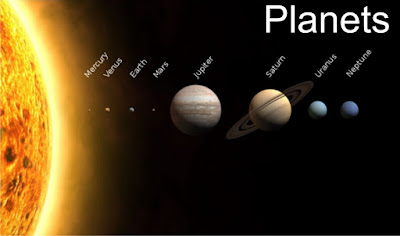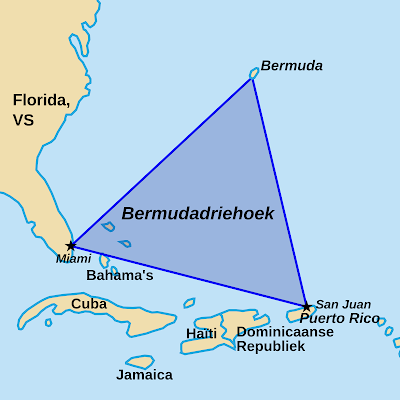Planets
Our Planets
Mercury
This is the smallest planet, which rotates on its axis in 58.65 days and circled the Sun 87 days in 23 hours. Days are hot right here and nights are snowy. In the mass, it is the 18th section of the Earth. Its gravity is 3/8 of the Earth.
Venus
It is the closest to the Earth in the planets. It is the 2d nearest vicinity from the Sun in the Solar System. It is more famous as "evening star-evening star" and "morning star-morning star". This is the most up to date planet - People make the mistake of accepting Mercury as the hottest planet due to the fact it is the closest to the Sun. Here the temperature and temperature of the night and day are nearly the same. Venus is 90 to 95% CO2 in the planet's atmosphere. It has no satellite. It is also referred to as the sister planet of the earth due to the fact many aspects of Earth and Venus are the same. It catches the Sun in 225 days. There are frozen clouds of all four Sulfuric Acid.
Mars
It is placed on the fourth place from the Sun in the Solar System. There are two satellites - Phobos and Deimos. The perfect mountain is "Nix Olympia" which is three instances the peak of Everest. This planet is also known as the "red planet". It's distance from the Sun 22.79 cr km. There are two poles of Mars and right here is the climate trade like Earth. This is due to its axis being sloping like the Earth.
Jupiter
It is the largest planet in the solar system. It is at fifth place from the Sun. Its density is one-fourth of the Earth's density. It takes 11.9 years in the orbit of the Sun. Its mass is 71% of all planets in the solar machine and the quantity is one and a 1/2 times. It releases double or tripled electricity from the electricity received from the Sun-like stars. It has its very own radio energy. It is atmospheres are generally hydrogen and helium gases. It has sixty-nine satellites. Like Saturn, some of the satellites in orbit rotate in some favorable direction.
Saturn
This is the farthest planet visible with the aid of the naked eye. It is the 2d largest planet after Jupiter.
Most of its satellites are - 21. Its diameter is 1,20,0000 km. It completes the orbiting solar in 29.5 years. Its largest satellite is Titan. It is placed on the sixth place from the sun. Its density is much less than Earth. Its satellites comprise "nitrogen" surroundings at "Titan".
Uranus
This planet is located at the seventh place from the sun. There are 15 satellites. It is 4 and 5 very blurred rings are alpha, beta, gamma, delta, and epsilon. Its atmospheres include methane gas. The discovery of this planet was once observed by means of William Herschel in 1781 AD. It revolves around the Sun in 84 years. This is the only planet that is constantly in the front of the Sun in its orbital orbit from one pole to another.
Neptune
This is the eighth most far-off planet in the Sun (farthest from the sun). "Triton" and "Proteus" two satellites are among its greatest satellites. Titan is atmospheric on the satellite. It often occupies nitrogen. This is the 1/3 physique of the solar system, where the lively volcano has been found.
Pluto
This is a big piece of newly located Kuiper belt. Pluto comes in the category of dwarf planet. The International Astronomical Union announced on three September 2006 that Pluto is no longer a planet. Its diameter is 300 km is. It is 586.56 km from the Sun It is a long way away and it completes the orbiting the Sun in 248 years. Pluto has 5 acknowledged satellites - Charon is the largest. In 1930, American astronomer Clyde Tombaugh found Pluto and considered it to be the ninth planet of the solar system.
Earth
Earth's equatorial diameter 12,757 km (7,927 miles) and polar diameter 12,714 km (7,900 miles). Earth's equatorial circumference is 40, 75 kilometers (24, 900 miles). Earth 107160 km 365 days, 5 hours, forty-eight minutes from the velocity per hour. And circumambulate the Sun in forty-six seconds. Earth on its axis from west to east 1610 km Takes 23 hours, 56 minutes and four seconds per hour of velocity per hour. 71% of the Earth is hydrosphere and 29% is the lithosphere. Due to the everyday rotation of the Earth, due to day and night time and annual cruise speed, season changes. The rotation direction of the Earth is long (Elliptical) and adjustments in the distance between the Earth and the solar changes. This distance is lowest on January 3 and most on July 4. The most distance to the role of the Perihelion and the most distance to the country of the aphelion.




टिप्पणियाँ
एक टिप्पणी भेजें